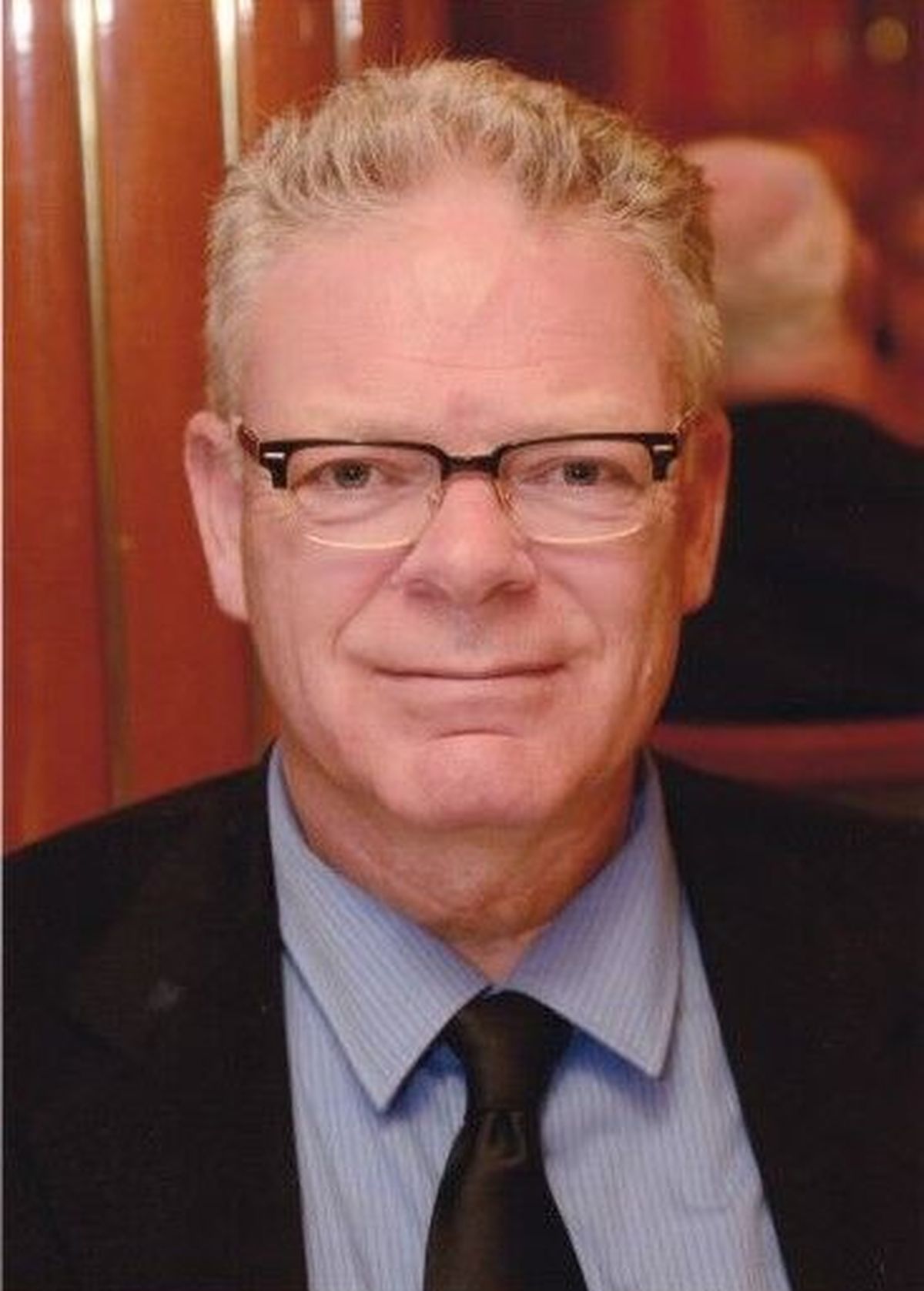Spokane native Don Lynch: ‘Titanic has been a big part of my life’

Spokane native Don Lynch has been to the bottom of the ocean, a huge Hollywood premiere with movie stars and “The Oprah Winfrey Show” and traveled more than 2 miles beneath the sea. The common thread of these experiences was his expertise regarding the Titanic, the ship that reportedly wouldn’t sink but did 110 years ago on April 14-15, 1912.
After co-authoring “Titanic – An Illustrated History,” Lynch was contacted by director James Cameron, who asked Lynch, the official historian for the Titanic Historical Society, to help with research for his 1997 Oscar-winning film.
Lynch even had a small speaking part in “Titanic.” “I worked with the production people and was told I could have a part in the movie. Jim was surprised to see me show up on deck in costume that day,” he said.
Lynch accompanied Cameron and a Russian crew to explore the ship’s remains 12,000 feet beneath the surface. This led to writing “Ghosts of the Abyss,” another book on the doomed vessel that was a tie-in with a documentary Cameron made.
On his first dive, on Aug. 27, 2001, Lynch was “pretty nervous” about traveling underwater in a 7-foot submersible. “I was told if there was even a pinhole, (the submersible) would implode, so the end would be quick,” he said, and that helped him relax.
He recalls how actress Gloria Stuart, who played the older Rose in “Titanic,” scolded actor Bill Paxton when she learned he was going on a dive: “You have small children at home!”
When Lynch, 64, saw the vessel for the first time, “it was more colorful in person, maybe because we had better lights (than previous expeditions that took video and photographs),” Lynch said.
His second dive was on Sept. 11, 2001. The crew in the submersible heard about a terrorist attack on the World Trade Center but thought it was on a scale equal to a 1993 bombing at the site. When they got to the surface, Paxton told them what occurred. “We were horrified,” he said.
Lynch grew up in several places in Spokane, but from sixth grade through high school, he lived on Kathleen Street near Indian Trail Road. “We rode bikes near the edge of the city, on motorcycle trails and saw deer a quarter or half a mile from our house,” he said.
Lynch last traveled to Spokane in 2019 and visited a neighborhood near where he lived and saw a moose, something he had never seen growing up. He graduated from Washington State University with a degree in finance and worked as an office manager for a local electrical wholesaler.
Better job opportunities were limited, so he moved to California, where he had family, in 1981 and worked for companies such as ITT and Northrup Grumman. Lynch invested in properties (when you could still afford property in California, he said) in Los Angeles, where he lives, and Long Beach.
He was going back and forth between his full-time jobs and the properties, so he now spends his time caring for apartments and other real estate.
In grade school, Lynch first heard of the ship, then saw the 1953 film “Titanic” starring Barbara Stanwyck and Clifton Webb on television on a Saturday. The next Monday, all the kids at school were talking about it, he recalled.
So why does the Titanic still fascinate people? “For the same reasons it did 50 years ago. It’s an enthralling story. The largest ship in the world, on its maiden voyage, full of wealthy and famous people, is supposed to be unsinkable, and it hits an iceberg and goes down so slowly that all kinds of drama and heroism can be acted out,” Lynch said.
Viewing the “Poseidon Adventure” in 1973 sparked an interest in shipwrecks. He became a member of the Titanic Historical Society. His early efforts included tracking down survivors.
These days, his involvement with the ship isn’t as glamorous as Hollywood premieres. He gives presentations (“The Daughters of the American Revolution love me,” he says), and he was interviewed for a documentary by a French crew last July. He helps with museum exhibits, including one at the Reagan Library.
Previously, he organized conventions for the society. In 1988, 11 passengers, the most gathering of any survivors since the premiere of “A Night to Remember” in 1958, attended a gathering he organized. He’s also become friends with children and grandchildren of survivors, which he said is one of the nicer aspects of his work.
Recently, he wrote an article for the Titanic Society’s newsletter that identified what lifeboat a female survivor was in during the sinking. “I was able to get my hands around a research project,” he said. “I’m still interested in the topic. Titanic has been a big part of my life.”
Editor’s note: This story was updated to reflect the correct month of Titanic’s sinking and the year James Cameron’s “Titanic” was released.